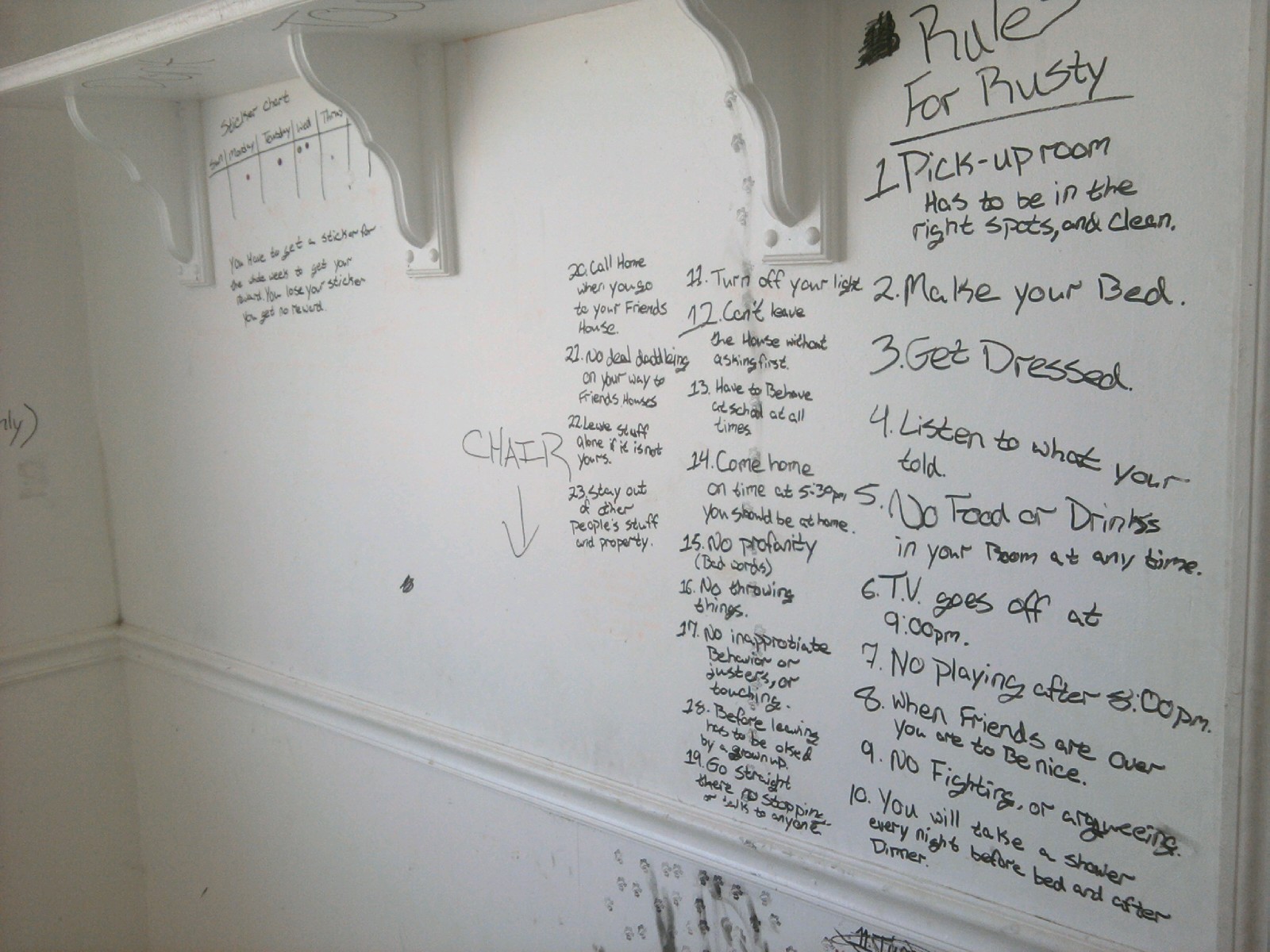STEM Video: Make a Lunar Crater Lab (NASA)

If you plan to use this hands-on lunar activity in your STEM Discovery classroom and you have video access, NASA’s demonstration is a perfect addition to get the exploration started.
Thanks to NASA JPL for their continued support for teachers and curious future scientists in the classroom!
Educators: You Need To Pour Yourself a Big Cup of Calm Down

Until they figure out what they need, we need to pour ourselves a big cup of calm down and do what educators do: share knowledge, empower creativity, generate a spark of hidden genius, promote self responsibility, celebrate self and community, and be patient. No one has all the answers. Choose not to be a victim. Do what you can. Let the rest go.
As an educator, tough days remind me that I can only do my best. So I pour myself big cup of CALM DOWN and reflect.
STEM Student asks “Do I have to work in a team?”

Problem solving and team collaboration in the classroom are tough processes for some high performing students who just want to get the assignment done.
Given a choice, would you rather work alone or work in a team?
NPR looks at the science behind the team and how you can learn from the best.
Problem Based Learning: Putting It All Together with the Science of Photosynthesis

Problem Based Learning and STEM
As the state of our educational system changes in search of solutions to low Science, Technology, Engineering, and Math scores nationwide, teachers are in pursuit of learning strategies that meet the goal we’ve always had with our students (learning gains) with the statewide goals (student learning gains). Problem based learning is one of many methods in our teaching tool box we use to make this happen.
In a middle school science lab, how many students would you predict would get tongue tied when asked to describe photosynthesis? As a working example of learning gains in the classroom, the science concept of photosynthesis will take the stage as an example of how problem based discovery engages an unmotivated student.
Are You Still In The Pursuit of Science?

Did your science or math professor scare the curiosity right out of you? Girls and boys alike are curious by nature. Changing the social norm of hands-on for boys and dress up for girls means equal opportunities for all students to explore the world around us.
A colleague and I are building a new STEM club at our math, science, technology middle school magnet in Central Florida. We have looked at club successes from the past and we have analyzed the decline of some clubs, as well. Bringing together what works and weeding out a long term commitment, we hope will build the science muscles of these targeted learners.
I think “science in small doses” is a good place to begin.
Mapping out a series of units based on key science learning needs for our students on campus is complete. Now we begin our pursuit of the under resourced students mentioned in the NPR interview included in this post.~KayBorglum.com
Writing On The Wall: Rules for Rusty

As governors and administrators modulate class size and craft budgets for teaching the next generation of scientists, engineers, mathematicians, and innovators, parents cannot be removed from the equation of success for their child.
Science Technology Engineering Math (STEM): Teams Must Keep the F.U.N. In, Dysfunction Out

My F.U.N. model represents the Fundamentals of Understanding Networking in a team. Communication, popularly labeled the weakest link in a team and organization, is the energy that fuels the outcome of getting to the finish line.
